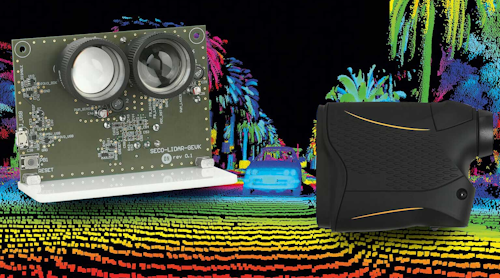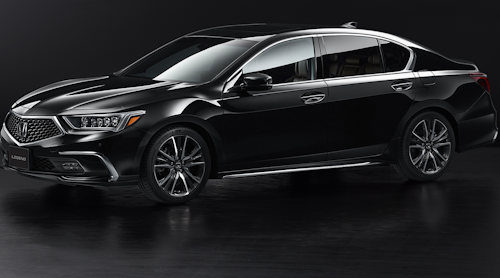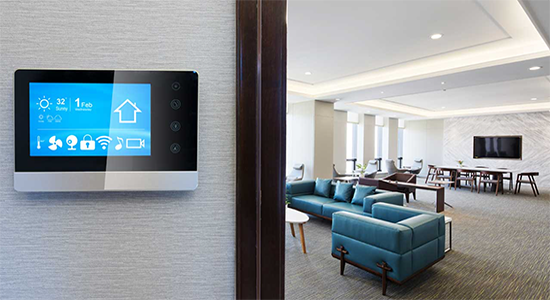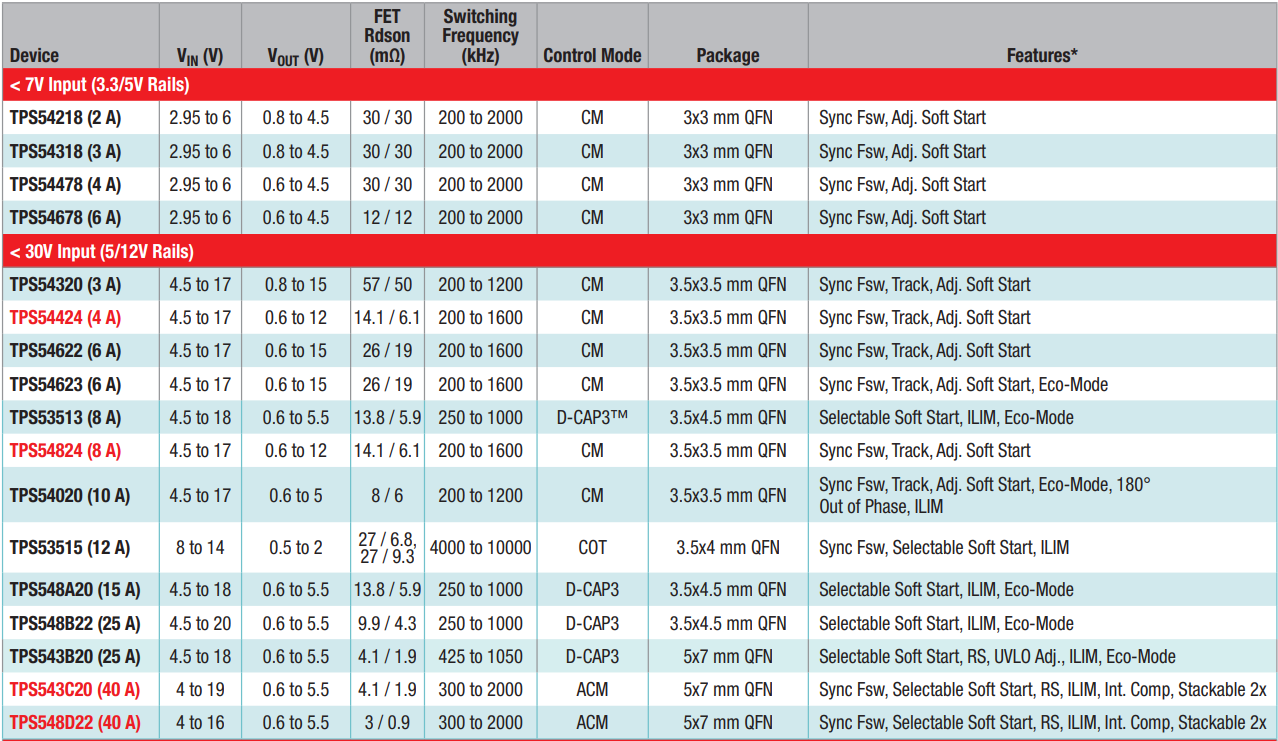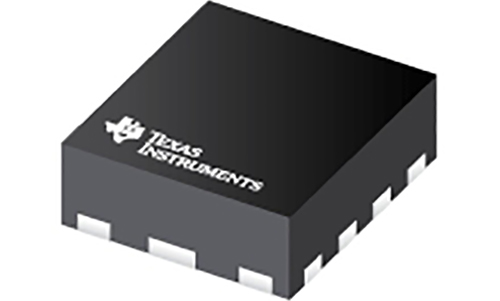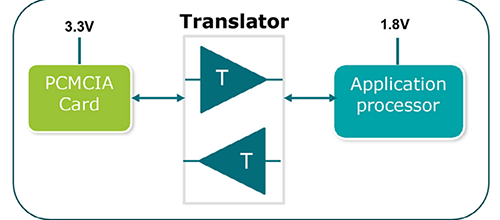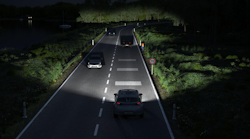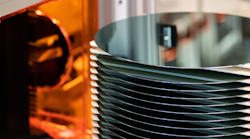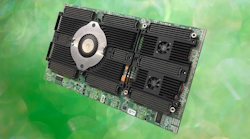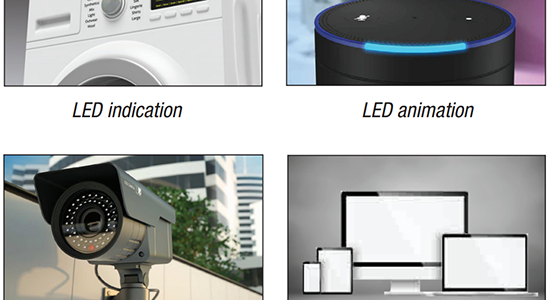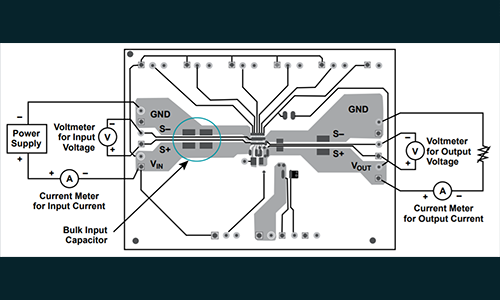What you'll learn:
- What are the different types of glare?
- The benefits of adaptive-driving-beam headlights.
- Current and future testing of ADB systems.
The primary function of headlamps is to provide forward visibility for drivers. At the same time, there’s a risk that intense headlamp illumination may be directed toward oncoming vehicles. Such illumination, referred to as glare, can reduce the ability of other drivers to see and may cause discomfort.
Glare is related to safety because it can degrade important aspects of driving performance. Headlamp illumination produces glare for drivers of oncoming or preceding vehicles (via the rearview or side mirrors).
Types of Glare
Headlamp glare can have several different meanings in terms of responses to bright lights. Disability glare is a reduction in visibility caused by scattered light from a light source in the field of view; it acts as a contrast-reducing "veil" over the visual scene. Discomfort glare is the annoying or painful sensation that can accompany the presence of a bright light in the field of view. Glare recovery is the period of time following the presence of a bright light, during which visibility is temporarily reduced.
Each type of glare can have different effects on drivers. Evidence suggests that headlamp glare decreases visibility distance, increases reaction time, and reduces detection probability, among other things. Headlight design has therefore traditionally entailed a tradeoff between long-distance visibility and glare prevention.
Separate Beams
As a result, headlighting systems have traditionally consisted of lower beams and upper beams. The lower beams are designed to provide relatively high levels of light in the close-in forward visibility region, as well as reduced light intensity in longer-distance regions, where oncoming vehicles would be glared. Upper beams (also referred to as high beams) are designed to provide relatively high levels of illumination in both close-in and longer distance regions. They’re intended primarily for distance illumination and for use when not following another vehicle.
The existing headlamp requirements ensure sufficient visibility by specifying minimum amounts of light in certain areas on and around the road. They also prevent glare by specifying maximum amounts of light in directions that correspond to the location of oncoming vehicles.
New ADB Ruling
Up until now, Federal Motor Vehicle Safety Standard 108 (FMVSS) legally prevented high- and low-beam headlight elements from operating at the same time. That rule has kept adaptive headlights out of the U.S. for two decades. Now, the National Highway Traffic Safety Administration (NHTSA) has yielded to industry pressure and will finally allow automakers to install adaptive headlights in the U.S.
The new rule amends Federal Motor Vehicle Safety Standard No.108, “Lamps, reflective devices, and associated equipment,” to enable the certification of adaptive-driving-beam (ADB) headlight systems on vehicles sold in the United States. The NHTSA is issuing this final rule under the National Traffic and Motor Vehicle Safety Act (Safety Act) 49 US Code Chapter 301, Motor Vehicle Safety.
How Does ADB Work?
ADB headlamps utilize technology that actively modifies a vehicle’s headlamp beams to provide more illumination while not glaring other vehicles. ADB headlamp systems optimize beam patterns without driver action. If operating correctly, ADB systems can provide more illumination than existing lower beams without glaring other motorists. ADB systems achieve this enhanced performance by utilizing advanced sensors, data-processing software, and headlamp hardware.
ADB systems are an improvement because they can provide more illumination than a lower beam without increasing glare. When operating in automatic mode, instead of simply switching between the upper and lower beams, an ADB system is able to provide a beam pattern that changes based on the presence of other vehicles or objects—lowering illumination to occupied areas of the road and increasing illumination to unoccupied areas of the road.
ADB systems deliver a variable, adaptive beam in the presence of other vehicles, providing more illumination than the currently allowed lower beam. However, if ADB systems don’t accurately detect other vehicles on the road and shade them accordingly, other motorists will be glared.
An adaptive headlight system is generally composed of hundreds of LEDs that can be individually controlled by a computer in the vehicle. This helps reduce the risk of blinding other drivers and improves outward visibility.
That’s exactly why Toyota North America filed a petition with NHTSA in 2013, which ultimately led to this decision. Europe, on the other hand, has allowed automakers to provide adaptive headlights since 2006.
Adaptive Headlight Testing
别指望立即看到自适应头灯s on U.S market vehicles. NHTSA plans to implement laboratory testing to look at the glare and visibility benefits provided by the headlights, while automakers need time to begin rolling the new products out.
The AAA has compared pairs of identical vehicles—two Audi A8s and two Mercedes-Benz E-Class cars—equipped with different headlight technologies. Research from AAA found that European vehicles equipped with ADB headlights provided better illumination—by as much as 86% when compared to U.S. low-beam headlights—in the presence of an oncoming vehicle. For oncoming drivers, ADB lights produced approximately the same amount of glare as traditional low-beam headlights.
The AAA believes this technology is the first real solution to providing more light for drivers at night. As a result, the organization supports changes in the law to allow ADB to be used to its full capability.


